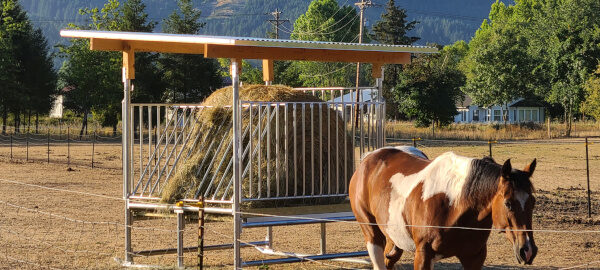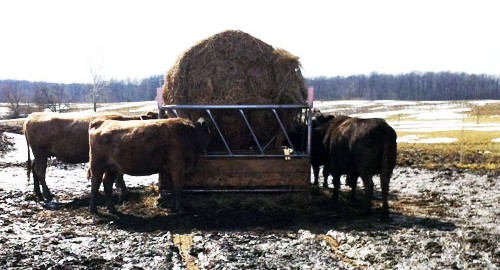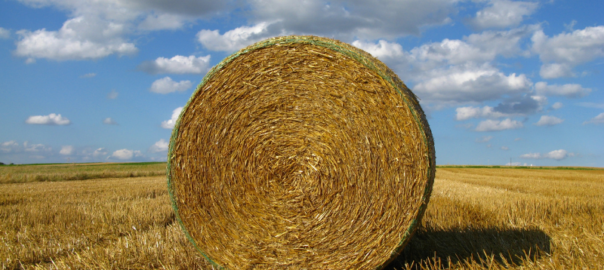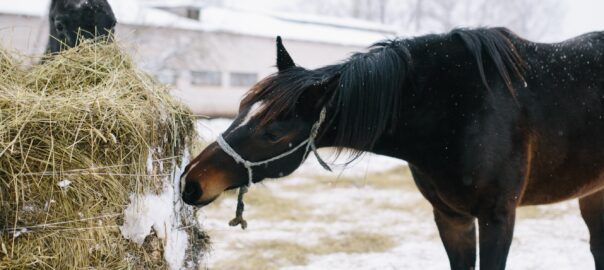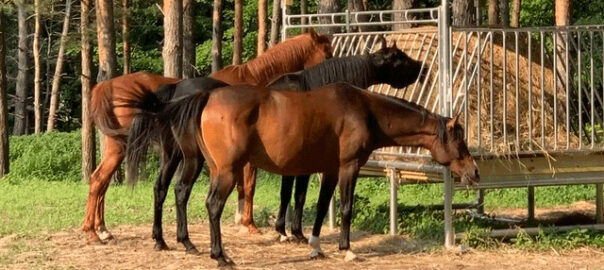Since 2020, hay prices have been on a steady incline, reaching their highest levels in over a decade. Although the market has recently stabilized, the costs remain high. This rise in prices is due to several factors, including weather-related shortages, inflation, and fluctuating demand. With hay prices still near historic highs, maximizing every bale’s value is essential.
Our “Hay Saver” Hay Feeders are designed to minimize hay waste, ensuring more of it is consumed by your livestock rather than being trampled or left uneaten. Traditional feeding methods can lead to significant losses, and over time, this waste can add up, particularly when hay prices are as high as they are now. By reducing waste, these feeders allow you to stretch your hay supply further, making them a cost-effective solution for managing your resources.
Moreover, the narrow price gap between different types of hay means that efficiency in feeding is more critical than ever. Whether you’re using alfalfa or grass hay, the cost savings from reducing waste can be significant. The durability and reliability of our “Hay Saver” Hay Feeders ensure that this investment pays off not just in the short term, but for years to come.
In today’s economic environment, every dollar counts. Investing in a hay-saver feeder is not just a smart move—it’s a necessary one to maintain your farm’s profitability and sustainability. Protect your investment, ensure your livestock are well-fed, and keep your operational costs under control with our “Hay Saver” Hay Feeders.
